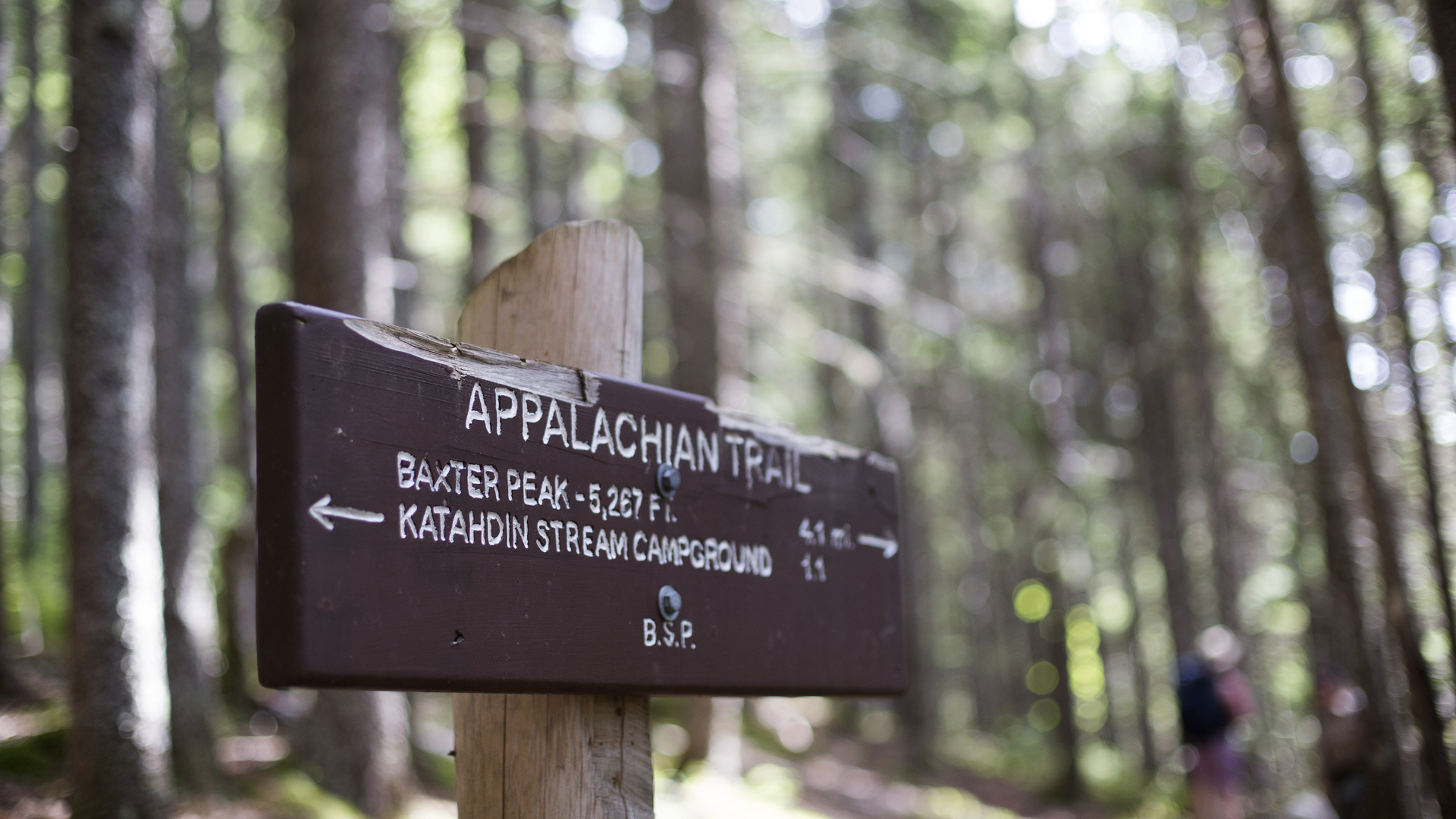The history of the Appalachian Trail: a national treasure for adventurers
We examine the history of the Appalachian Trail, from a utopian idea to a jaw-dropping hiking path drawing millions away from the city and into nature each year
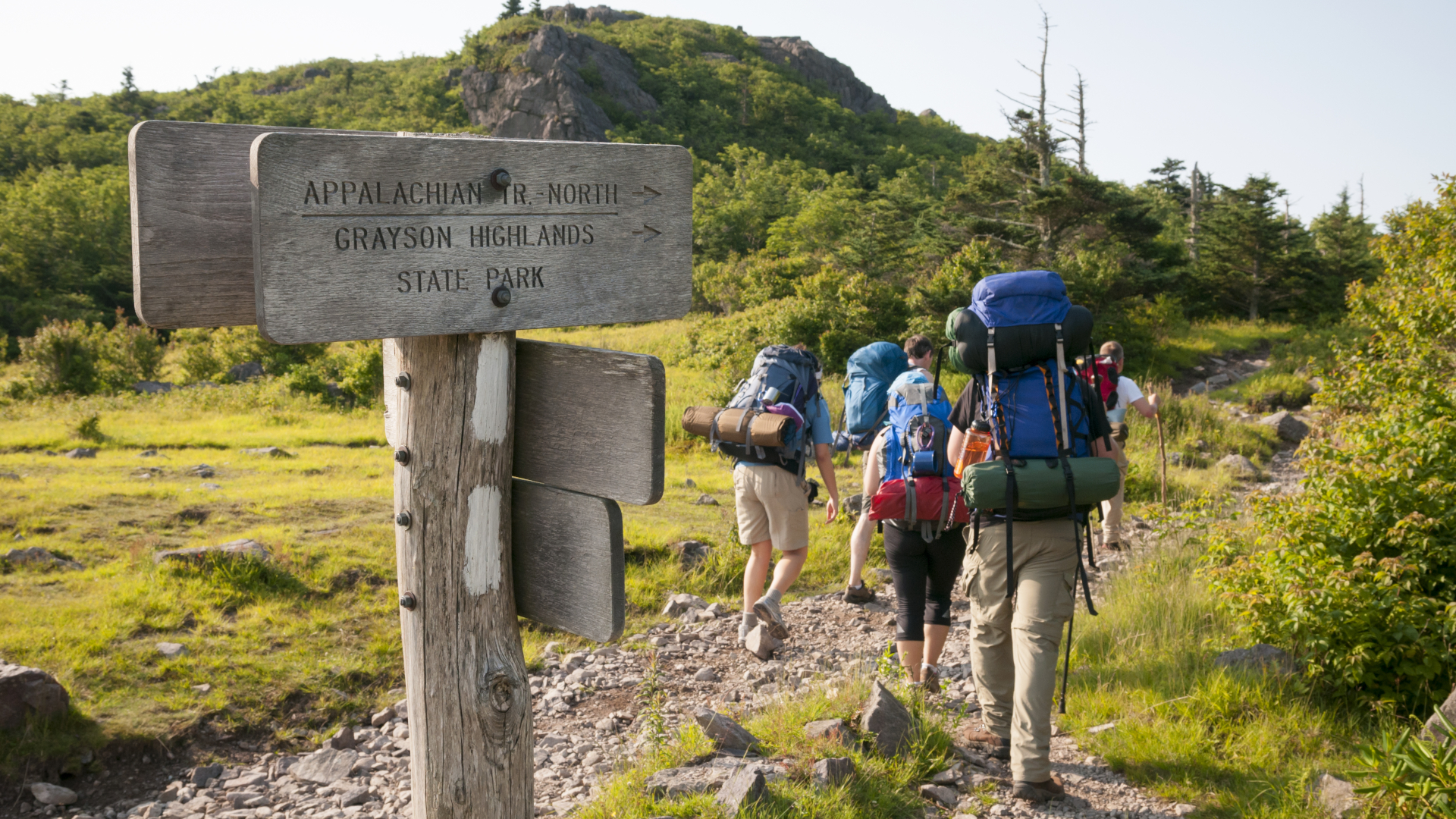
It is revered worldwide by adventure lovers and nature enthusiasts and has been immortalized in Bill Bryson’s book A Walk in the Woods, but how did the Appalachian Trail come into existence, and why is it so special? In this article, we take a look at the history of the Appalachian Trail, from the seed of a utopian idea to a jaw-dropping hiking path drawing millions of visitors away from the city and into the outdoors each year.
What is the Appalachian Trail?
The Appalachian Trail, or AT as it is commonly referred to, is the world’s longest hikers-only footpath. Stretching approximately 2,200 miles from Springer Mountain in northern Georgia to the summit of Mount Katahdin in Maine, the AT crosses 14 states along the eastern seaboard, mostly in the Appalachian Mountains.
Because it is a hikers-only footpath, you won’t see bikers or horses on this trail, just people in hiking boots, walking any distance from a few miles in a single day to the mammoth undertaking of the entire trail in one go, known today as a thru-hike.
The AT is one of three main long distance trails in the US, along with the Pacific Crest Trail on the west coast and the Continental Divide Trail in the Rockies, and together three are known as the Triple Crown of Hiking. There are other, shorter such trails dotted around the country too including the Long Trail in Vermont and the Colorado Trail which remain within state lines.
The Appalachian Trail: from Georgia to Maine
Why was the Appalachian Trail created?
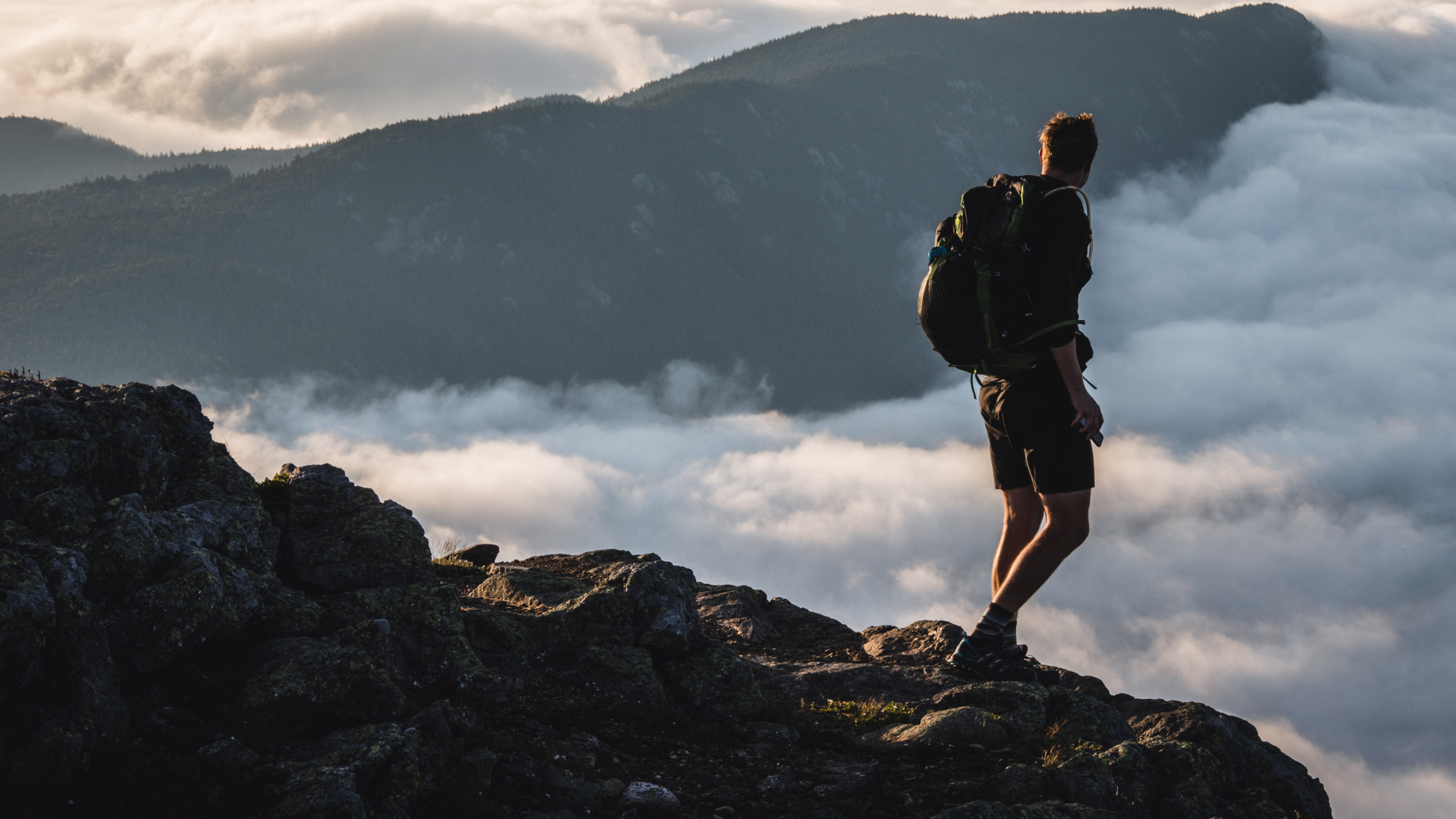
The idea for the AT came from an American conservationist, forester and planner named Benton MacKaye. MacKaye was born in Connecticut in 1879 and grew up moving around rural New England before settling in Washington DC. Realizing early on he preferred the serenity of nature to a bustling urban environment, he pursued a degree in geology at Harvard University and went on to teach at the Forestry School there and also worked at the U.S. Forest Service.
It is said that the idea for the AT came to him while standing atop Stratton Mountain in southern Vermont, and he subsequently presented the concept to the public in 1921 in a paper titled An Appalachian Trail: A Project in Regional Planning that was published in the Journal of the American Institute of Architects. In it, he outlined a utopian vision of camps connected by trails where people would live and work as well as recreate. He pointed to the general fatigue caused by the recently ended world war as a motivating factor, writing:
“Something has been going on in this country during the past few strenuous years which, in the din of war and general upheaval, has been somewhat lost from the public mind. It is the slow quiet development of a special type of community – the recreation camp. It is something neither urban nor rural. It escapes the hecticness of the one, the loneliness of the other.”
All the latest inspiration, tips and guides to help you plan your next Advnture!
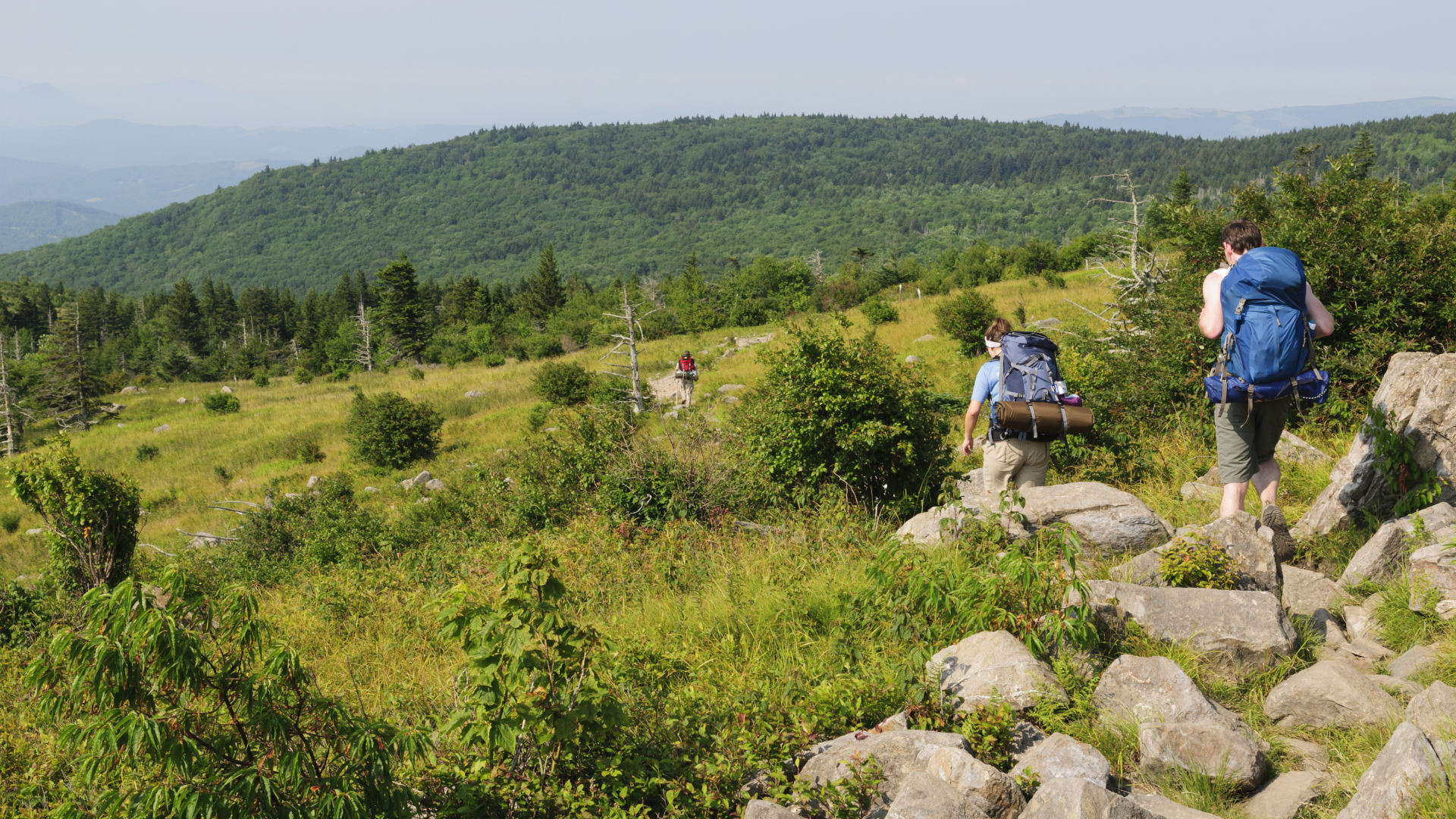
MacKaye went on to propose a sociological need for more leisure time and fresh air in a period of history when labor and industry were increasing drastically, and identified the newly formed national parks Yosemite and Yellowstone as models upon which to base his idea. He proposed that such access to nature was most needed near to the main population centers of the U.S. – in this case, the east coast – and suggested the Appalachian Mountains as the perfect setting.
“Let us assume the existence of a giant standing high on the skyline along these mountain ridges, his head just scraping the floating clouds. What would he see from this skyline as he strode along its length from north to south? Starting out from Mtn. Washington, the highest point in the northeast, his horizon takes in one of the original happy hunting grounds of America – the " North woods," a country of pointed firs extending from the lakes and rivers of northern Maine to those of the Adirondacks.”
MacKaye continued to paint a vivid picture of his idea, from north to south, and went on to lay out a strategic plan, involving utilizing existing trails such as Vermont’s 240-mile Long Trail, incorporating existing camps and building new ones where users could live and work, and access food, water and above all else, community.
Breaking ground: the Appalachian Trail begins
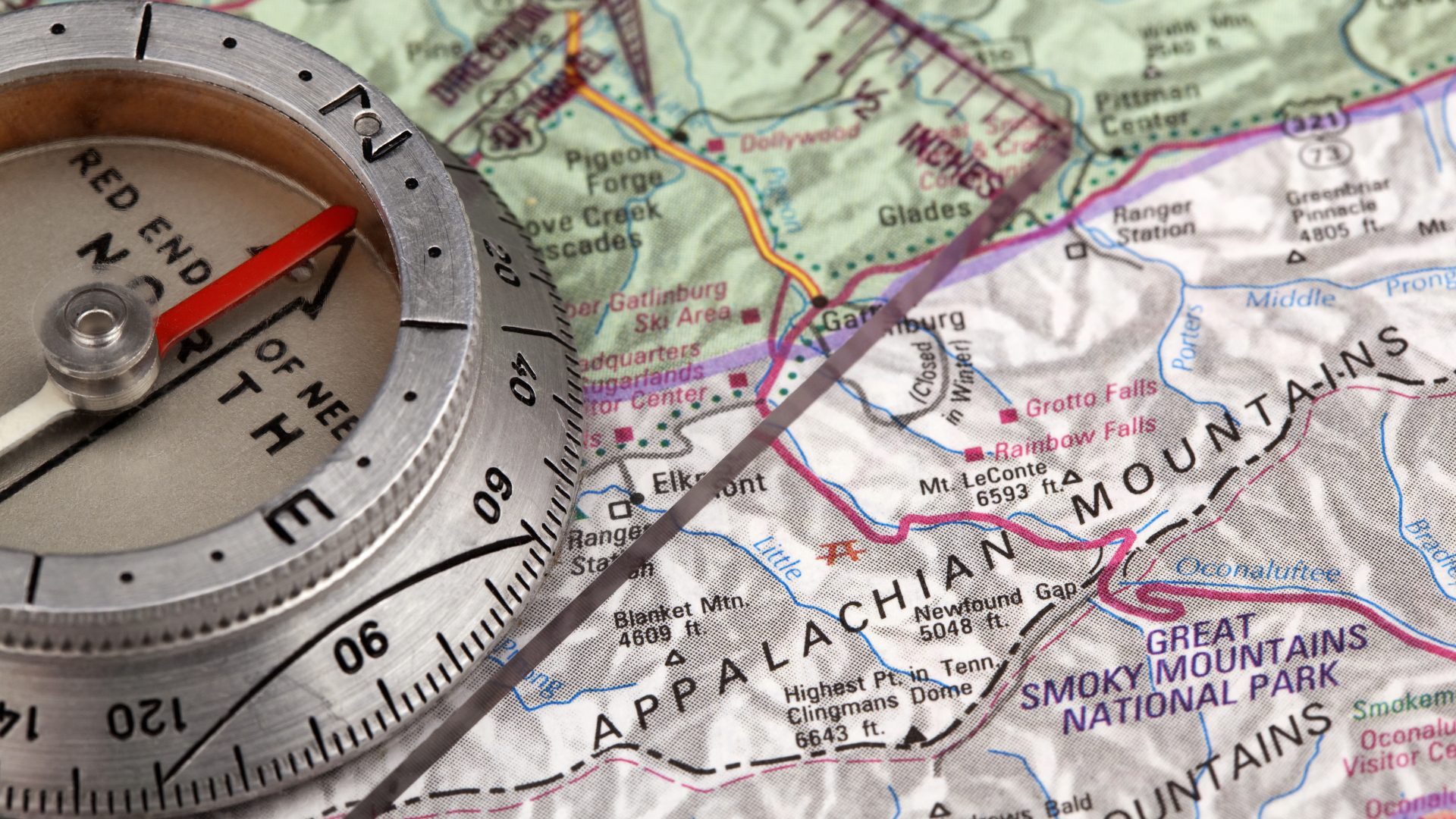
With the help of added publicity from a New York newspaper columnist, the concept captured the public’s imagination and by 1925, MacKaye had garnered enough support to hold the two-day Appalachian Trail Conference in DC where a scaled-down version of the original plan was agreed upon, establishing the proposed AT as a hiking-specific trail.
The next decade saw links being made between existing trails and in 1937, the trail between Maine and Georgia was completed. Shortly thereafter, in 1938, a hurricane severely damaged parts of the trail and restoration efforts were hampered by the war. However, by 1951 a recovering veteran named Earl V. Shaffer declared the trail fit to hike again after becoming the first person to thru-hike it, something which its founding fathers never envisioned.
How long does it take to hike the Appalachian Trail?

On a typical year, the AT now sees upwards of three-million visitors of all ages every year. Of those, 3,000 start out with a plan to thru-hike while only about a quarter are successful. The average person takes just under six months to complete the trail, while the record time is currently 41 days.
Thru-hiking the AT is an ambitious undertaking. Hikers must be prepared for cold and snow in the north and hot, humid conditions in the south, encountering snakes and bears on the trail all while carrying heavy backpacks over varied, rugged terrain from rolling woodlands to rocky summits.
The best time to start the AT is in mid-March and though you can hike it in either direction, most people begin in Georgia to beat the oppressive summer heat of the southern states in the summer months. From there, it’s a race against time to get to Maine before the snow comes.
What is so special about the Appalachian Trail?

In the hundred years since its conception, the AT has exposed millions of people to the wonders of nature, and opened their eyes to accomplishments few would have thought possible only a few decades ago.
The AT is now protected by federal ownership as the nation’s first national scenic trail under the National Parks system. The National Trails System Act was signed into law in 1968 by President Johnson, beginning the process of purchasing the land upon which the lengthy trail winds and weaves. This process was finally completed in 2014, protecting the entire corridor from development and preserving it for future generations to benefit from MacKaye’s original vision: to escape the “grinding down processes” of modern life.
Julia Clarke is a staff writer for Advnture.com and the author of the book Restorative Yoga for Beginners. She loves to explore mountains on foot, bike, skis and belay and then recover on the the yoga mat. Julia graduated with a degree in journalism in 2004 and spent eight years working as a radio presenter in Kansas City, Vermont, Boston and New York City before discovering the joys of the Rocky Mountains. She then detoured west to Colorado and enjoyed 11 years teaching yoga in Vail before returning to her hometown of Glasgow, Scotland in 2020 to focus on family and writing.
